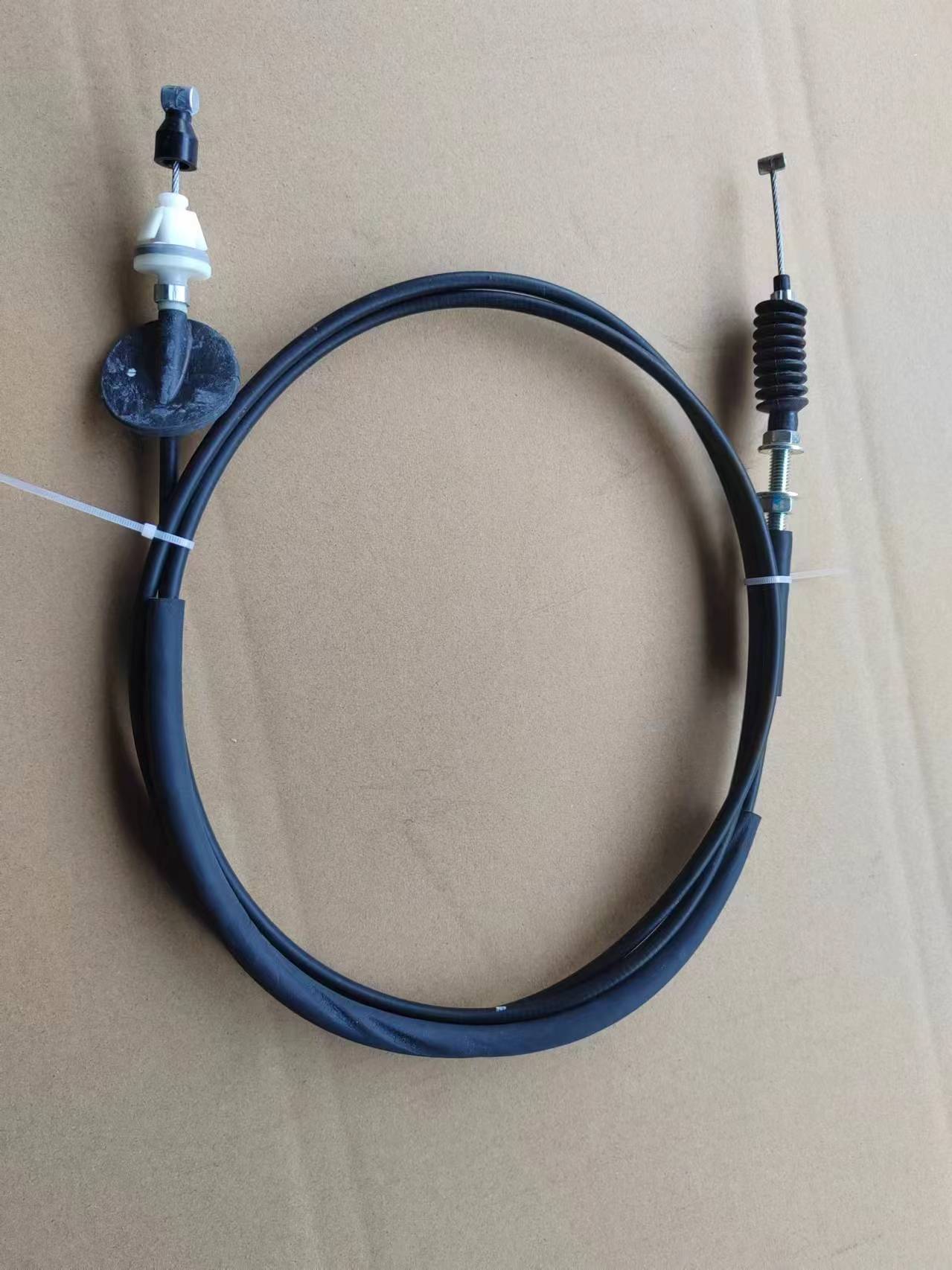Understanding the Functionality and Maintenance of E Brake Cables in Vehicles
Understanding the E-Brake Cable A Comprehensive Guide
The e-brake, or emergency brake, is a crucial component of vehicle safety that many drivers may take for granted. Often overlooked during regular maintenance checks, the e-brake cable plays a vital role in ensuring that the emergency brake functions correctly. Understanding the e-brake cable, its functions, the signs of wear, and how to maintain or replace it can help keep your vehicle safe and reliable.
What is an E-Brake Cable?
The e-brake cable, also known as the parking brake cable, is a mechanical wire that connects the handbrake lever inside a vehicle to the braking mechanism at the wheels. In most vehicles, pulling the handbrake lever or pressing the pedal engages the brake pads at the rear wheels, preventing the vehicle from rolling when parked. The e-brake cable is typically made of high-strength steel and is encased in a protective housing to prevent corrosion and wear.
How Does the E-Brake Work?
When a driver engages the emergency brake, the lever pulls the cable, which in turn applies tension to the brake pads at the rear wheels. This tension causes the pads to clamp down on the rotors or drums, thereby immobilizing the vehicle. The design of the e-brake mechanism ensures that it can hold the vehicle securely, even on inclines. Unlike the traditional hydraulic brakes that engage under pressure, the e-brake relies on a direct mechanical link, making it a dependable backup system.
Signs of E-Brake Cable Wear
Like all vehicle components, the e-brake cable is subject to wear and tear. Drivers should be vigilant for the following signs that indicate it may need inspection or replacement
1. Slipping If the emergency brake does not hold the vehicle securely, it could indicate that the cable has become stretched or worn. 2. Unusual Noises A fraying cable may produce grinding or squeaking sounds when the brake is engaged. 3. Difficulty Engaging If you find it increasingly challenging to pull the handbrake lever or pedal, this may indicate that the cable is damaged or corroded. 4. Visual Inspection A physical check can reveal signs of fraying, rust, or kinks in the cable. Any visible damage warrants immediate attention.
e brake cable

Importance of Maintenance
Regular maintenance of the e-brake system cannot be overstated. Here are some tips to ensure the e-brake cable stays in good working condition
- Lubrication The cable should be lubricated periodically to prevent corrosion and ensure smooth operation. Use a suitable automotive lubricant and apply it as per manufacturer recommendations. - Regular Inspections Schedule routine brake inspections that include checking the e-brake cable along with the other braking components. Early detection of issues can prevent more significant problems down the road. - Keep It Clean Ensure that the cable is free from dirt and debris, which can cause wear and hinder its function.
Replacement Process
If after inspection you determine that the e-brake cable needs to be replaced, it is essential to follow the correct procedure to ensure safety and reliability. Here’s a brief overview of the replacement process
1. Gather Tools You will need basic hand tools such as wrenches, pliers, and possibly a jack and jack stands if the vehicle needs to be elevated. 2. Remove the Old Cable Start by removing the handbrake cover to access the lever mechanism. Disconnect the cable from both the lever and the rear brake components. 3. Install the New Cable Route the new cable through the same housing and connect it to the handbrake lever and brake assembly. 4. Adjust Tension Ensure that the cable has the correct tension after installation to maintain effective braking performance. 5. Test Before driving, test the e-brake to ensure it engages and releases smoothly.
Conclusion
The e-brake cable is an essential component of your vehicle's safety system. By understanding its functions and monitoring its condition, you can help ensure that your vehicle remains safe and reliable. Regular maintenance and timely replacements can keep your e-brake system in optimal condition, giving you peace of mind each time you park your vehicle. Remember, a well-functioning emergency brake is not just about compliance; it’s about safety for you and everyone on the road.
-
Workings of Clutch Pipe and Hose SystemsNewsJun.04,2025
-
The Inner Workings of Hand Brake Cable SystemsNewsJun.04,2025
-
The Secrets of Throttle and Accelerator CablesNewsJun.04,2025
-
The Hidden Lifeline of Your Transmission Gear Shift CablesNewsJun.04,2025
-
Demystifying Gear Cables and Shift LinkagesNewsJun.04,2025
-
Decoding Clutch Line Systems A Comprehensive GuideNewsJun.04,2025
